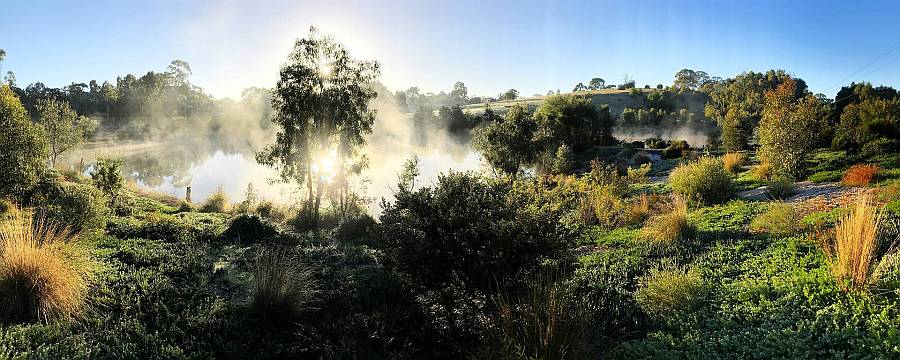
|
|
|
|
|
I should first discuss a question to which the answer will seem obvious to many readers, but curiously not obvious to a great many others:
Is the world overpopulated?If there were far fewer people in the world then there would be no need for starvation or malnutrition. We could all make a living by subsistence farming if no other course was available to us. In this overpopulated world there is no unused land for those who are malnourished to set up subsistence farms.A hundred people defecating in a large river would be insufficient to cause that river to become polluted; the other life forms, bacteria, fish, invertebrates, etc., would keep the human-introduced toxins and harmful micro-organisms to levels that are harmless. If the sewage of a million people is dumped into a large river it will overload the ability of the river to clean itself. Many of the Earth's rivers are polluted with sewage. Production of pollutants is, everything else being equal, proportional to population. If there were 80 million people on the Earth rather than eight billion, even if average living standards were much higher than today's, greenhouse gas production would be little problem. If there were insufficient people in the world then people would be valuable. In 1850 an agricultural slave cost $30 000 (today's dollars) in Alabama, but today an equivalent slave labourer can be had for around $100. (Scientific American, April 2002.) World-wide there are millions of refugees who have to live in camps because no nations want them. If there were one tenth as many people on the Earth then farmers would be able to farm only the best land; the marginal land could be left for nature. If there were only one tenth as many people we would not be facing the loss of most of the world's forests within a few decades, and we would not be nearing the end of petroleum reserves.
How to limit population?
In most nations people are permitted to have as many children as they choose. (Not all, Singapore provides strong disincentives for large families.) It seems generally accepted that there is an unwritten right to produce any number of children. This was acceptable when there was a perceived need for more people, but it should have been abolished long before now. It seems to me that, ideally, the whole world should follow the Chinese example of one child per family until world population falls to, perhaps, one billion. This would be a very difficult law to get people to accept, so perhaps a limit of two should be aimed at first.
Several religions encourage the production of large families.
This would be a major impediment and it is difficult to imagine how it might be changed in the time we have available to us before overpopulation brings about a disaster.
(I have discussed religion under Religion, superstition, pseudoscience and other false beliefs.)
Population and COVID-19In nature populations often rise steeply when conditions are optimal and then crash due to famine or disease. Humans are now getting so crowded in our major cities that COVID-19, especially the Delta variant, is spreading out of control.Where is this heading? I don't know. |
Our beautiful environment is at risk from overpopulation
|
|---|

|
Gleeson Wetlands in Clare, South Australia on a chilly late autumn morning |
What population level for Australia?There has recently been some discussion over the optimal and sustainable population level for Australia. In 2020 there were about 24 million people in Australia. There have been suggestions that anything up to 40 million is desirable.
I would hold that no more than 10 million (and ideally quite a bit less) is the maximum desirable population level. Why?
|
|
|
|
|